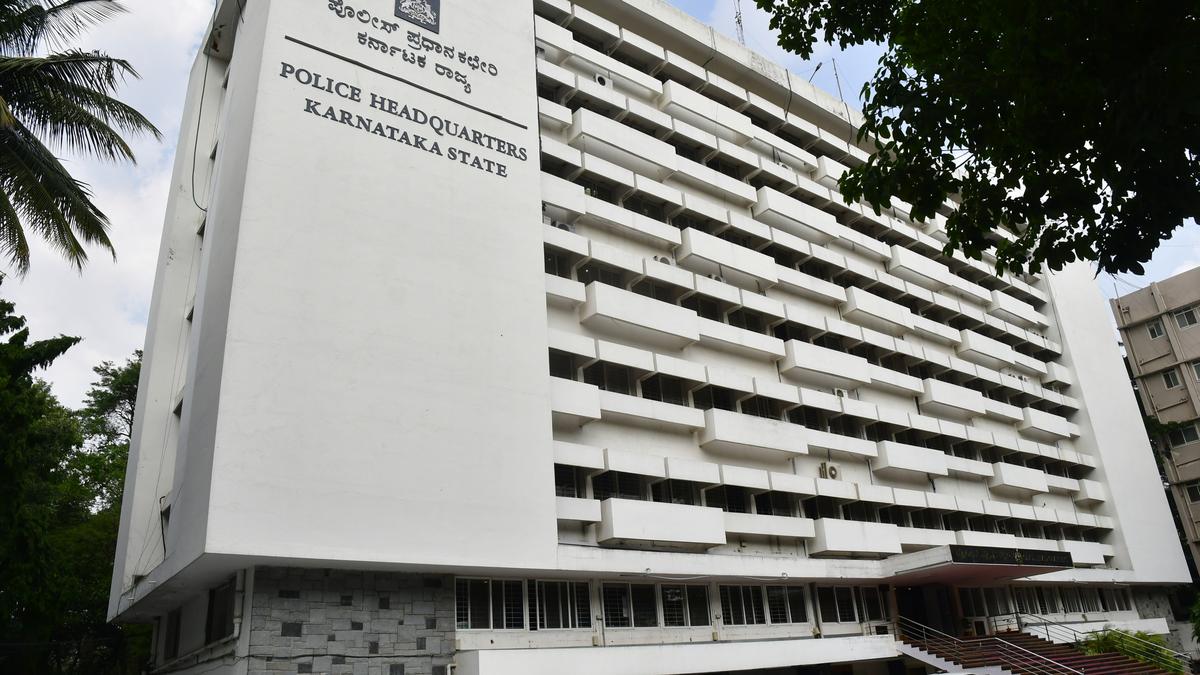Now Reading: Bengaluru Home to One-Third of Karnataka’s 39,698 Registered Rowdies
-
01
Bengaluru Home to One-Third of Karnataka’s 39,698 Registered Rowdies
Bengaluru Home to One-Third of Karnataka’s 39,698 Registered Rowdies

Speedy Summary:
- Karnataka Police recorded a total of 39,698 rowdies as of June 2025, with Bengaluru topping the chart at 6,249 rowdies. Kalaburagi ranks second with 1,934.
- Among these, 23,016 are classified as active rowdies. Bengaluru and Kalaburagi lead in active cases at 6,210 and 1,475 respectively.
- Statewide measures to combat rowdyism include invoking the Karnataka Control of Organised Crime Act (KCOCA), applying the Goonda Act, and initiating externment proceedings against offenders.
- Hubballi-Dharwad implemented frequent rowdy parades under Police Commissioner N. Shashi Kumar; the region recorded the highest number of externments (84) in Karnataka for 2025.
- Bengaluru police invoked KCOCA against more than 90 individuals in 2024 and improved surveillance by tracing over 750 “out-of-view” (OV) rowdies between 2023 and 2025.
- Rowdy monitoring methods:
– Station-level tracking via ‘A,’ ‘B,’ and ‘C’ lists for categorizing offenders based on activity or jurisdictional breaches.
– Preventive action records collected through formal undertakings from listed individuals in metro areas like Bengaluru.
– Conventional policing methods such as consistent warrant actions by districts like Tumakuru.
Indian Opinion Analysis:
The ongoing crackdown on rowdy elements across Karnataka reflects heightened efforts to curb disruptions to law and order. The state’s multifaceted approach-combining legal provisions like KCOCA with preventive surveillance tools-demonstrates considerable commitment toward ensuring public safety. Bengaluru’s targeted use of technology-enabled tracking systems is noteworthy but differs markedly from traditional strategies used in rural areas such as Tumakuru. This divergence highlights a challenge: achieving standardized enforcement while adapting methods to local contexts.
The implications are twofold: first is an improved security environment conducive to advancement initiatives; second is the potential need for evaluating consistency between regions using data-driven reviews. While early results suggest progress-with increased externments statewide-it remains critical for authorities to sustain these efforts over time without compromising due process protections.
Read more: Link

























